According to Deputy Minister of Education and Training Hoang Minh Son, the important purpose of planning the university education network is not just to arrange, but to invest in key areas and to develop.
PUBLIC UNIVERSITIES ACCOUNT FOR 70% OF THE SCALE
Yesterday (March 7), the Ministry of Education and Training held a press conference to introduce information on the planning of the network of higher education institutions and pedagogy for the period 2021 - 2030, with a vision to 2050. At the conference, Mr. Nguyen Anh Dung, Deputy Director of the Department of Higher Education, Ministry of Education and Training, introduced some of the main contents of the planning that the Government has just approved.
According to Mr. Dung, based on the analysis of the current status of the network, especially data on the spatial distribution of higher education institutions, the plan sets out the development orientations of the network until 2030. In the orientation of the structure of the network of higher education and pedagogical institutions, public higher education institutions play a core role, accounting for about 70% of the training scale. In the network, there will be 50 - 60 higher education institutions training to the doctoral level, of which about 50% will develop in the direction of research.
Regarding the plan to arrange and develop higher education institutions, the plan requires consolidating, arranging and enhancing the capacity of existing institutions; arranging and reducing the number of public institutions; arranging and consolidating the operations of branches. Arranging and developing institutions under ministries, branches, central agencies (except the Ministry of Education and Training) and institutions under provincial People's Committees.

Lecturer instructs students at the semiconductor design laboratory of Hanoi University of Science and Technology. Engineering and technology related fields are the areas that will be focused on development in the coming time.
The plan also encourages the establishment of new and expanded networks of private institutions, branches of private institutions, branches of prestigious foreign higher education institutions, especially universities specializing in training in science, engineering and technology. State resources are mainly focused on investing in upgrading and developing national and regional universities to achieve quality and prestige on par with the region and the world.
P DEVELOPING THE STEM FIELD
The plan focuses on schools training in STEM, teachers, and health. For teacher training, the plan aims to develop a network of 180,000 - 200,000 learners, of which about 85% are at university level and 15% are at college level.
In the health sector, the training scale will increase to reach 180,000 - 200,000 university students.
With a network of schools training in STEM fields (Science, Technology, Engineering and Mathematics), the plan aims to develop a network of more than 1 million students, of which about 7% have master's degrees (and equivalent degrees), 1% have doctoral degrees. In particular, the state focuses on investing in upgrading and developing 5 public higher education institutions with leading capacity and prestige in training and research in a number of key and spearhead technical and technological fields and sectors. The goal is to help these schools become national key higher education institutions in engineering and technology, with quality and prestige on par with the region, in which Hanoi University of Science and Technology is ranked among the leading higher education institutions in Asia.
In addition, the state will continue to prioritize investment in the development of three excellent universities established under intergovernmental agreements between Vietnam and several other countries, including the Vietnam-France University, the Vietnam-Japan University, and the Vietnam-Germany University. These units will become research-oriented higher education institutions with a high level of internationalization, focusing on potential science, engineering, and technology fields.
According to Deputy Minister Hoang Minh Son, the planning focuses on STEM fields in addition to the teaching and health sectors, which is based on the Party and State's policy. In recent times, the Party and State have always emphasized science - technology - innovation as the driving force for development. Therefore, STEM training sectors are prioritized and considered key sectors.
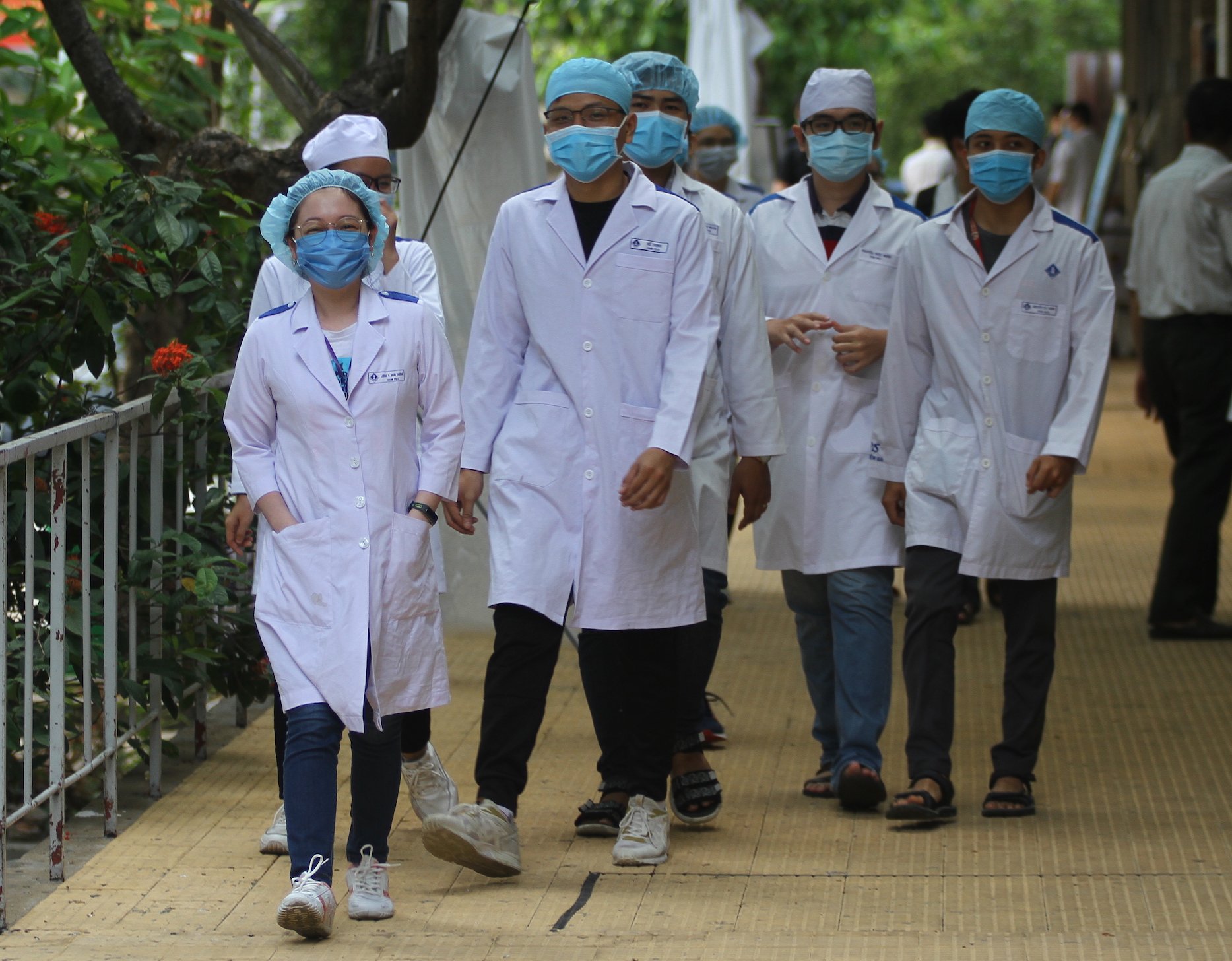
According to the plan, in the health sector, the training scale will increase to reach 180,000 - 200,000 university students.
PLANNING IS FOR INVESTMENT
According to Deputy Minister Hoang Minh Son, in addition to key industries, there are key higher education institutions. When drafting the planning, there were opinions that the planning should include criteria for schools that meet those criteria to be considered key schools. However, if so, it is not known when they will be selected, and there is not much time left. Therefore, the planning has selected a number of schools for key investment. Prestigious and quality training in related fields is the selection criterion. Furthermore, the planning is not a set of standards and criteria for schools that meet key criteria to be recognized as key.
The planning is to choose which schools to include in the planning for investment. At first, the planning proposed a list of 30 key schools. But many opinions suggested that investment should be focused for efficiency, so the drafting committee felt that it was necessary to narrow the focus of the key schools, so the number of key schools was reduced. The planning did not provide a list of key schools for all fields, but only provided national, regional, STEM, and pedagogical scopes. In the health sector, the planning only required the selection of 3-5 key schools, specifically which schools the Ministry of Health would select and develop a development plan. Other fields will be selected and invested in by the relevant sectors.
"Planning is to expand the scale of training, increase access to quality universities for people. Planning is to improve quality, especially in key regions and areas. Planning is also for investment. Therefore, the important purpose of this planning is not only to arrange, but importantly to invest in key areas, for development", Deputy Minister Hoang Minh Son commented.
Striving to be in the top 10 Asian countries
According to the university education network planning, by 2030, the country will have 4 national universities, 5 regional universities, and 5 key universities in engineering and technology.
National universities include Hanoi National University, Ho Chi Minh City National University, and national universities in Hue and Da Nang. Regional universities include Thai Nguyen University, upgrading and developing regional universities with the core being Vinh University, Nha Trang University, Tay Nguyen University, and Can Tho University.
5 key STEM schools include: Hanoi University of Science and Technology, Hanoi University of Civil Engineering, University of Transport, University of Posts and Telecommunications Technology, Ho Chi Minh City University of Technical Education.
Scale of over 3 million learners, reaching 260 university students and 23 postgraduate students per 10,000 people; the rate of university students per 18-22 year olds is 33%, of which no province has a rate lower than 15%.
The proportion of master's training scale (and equivalent level) reached 7.2%, doctoral training reached 0.8%, college of pedagogy training reached 1%; the proportion of STEM training scale reached 35%.
Ensure 100% of university education facilities meet standards.
Forming large higher education centers, providing high-quality, high-level training associated with scientific research, technology development and innovation in four urban areas including Hanoi, Da Nang, Ho Chi Minh City and Can Tho, creating a driving force for the development of key economic regions and the whole country.
Increase the contribution indicators of higher education to the United Nations' sustainable development goals (SDG 4.3) and the global innovation index (GII), striving to be in the top 10 Asian countries.
Can the market absorb 3 million university students?
Deputy Minister of Education and Training Hoang Minh Son answered the question of whether the future labor market can absorb the scale of 3 million university students by 2030 as set out in the plan. He said: "The figure of 3 million university students in 2030 is based on Resolution No. 81 approved by the National Assembly for the 2021-2030 period, with a vision to 2050. Many reports, forecasts of socio-economic development, forecasts of human resource needs, statistics on different age groups, comparisons of international experiences... show that the economy after 2030 can absorb that human resource. Currently, the total number of people of working age (56 million) with degrees is approximately 27%, which is very low. We need to improve the qualifications of workers. The requirement for double-digit economic growth in the coming time is a factor showing the need and ability to absorb a large workforce with university degrees".
Source: https://thanhnien.vn/quy-hoach-mang-luoi-giao-duc-dh-chu-trong-truong-dao-tao-stem-giao-vien-suc-khoe-185250307222927981.htm










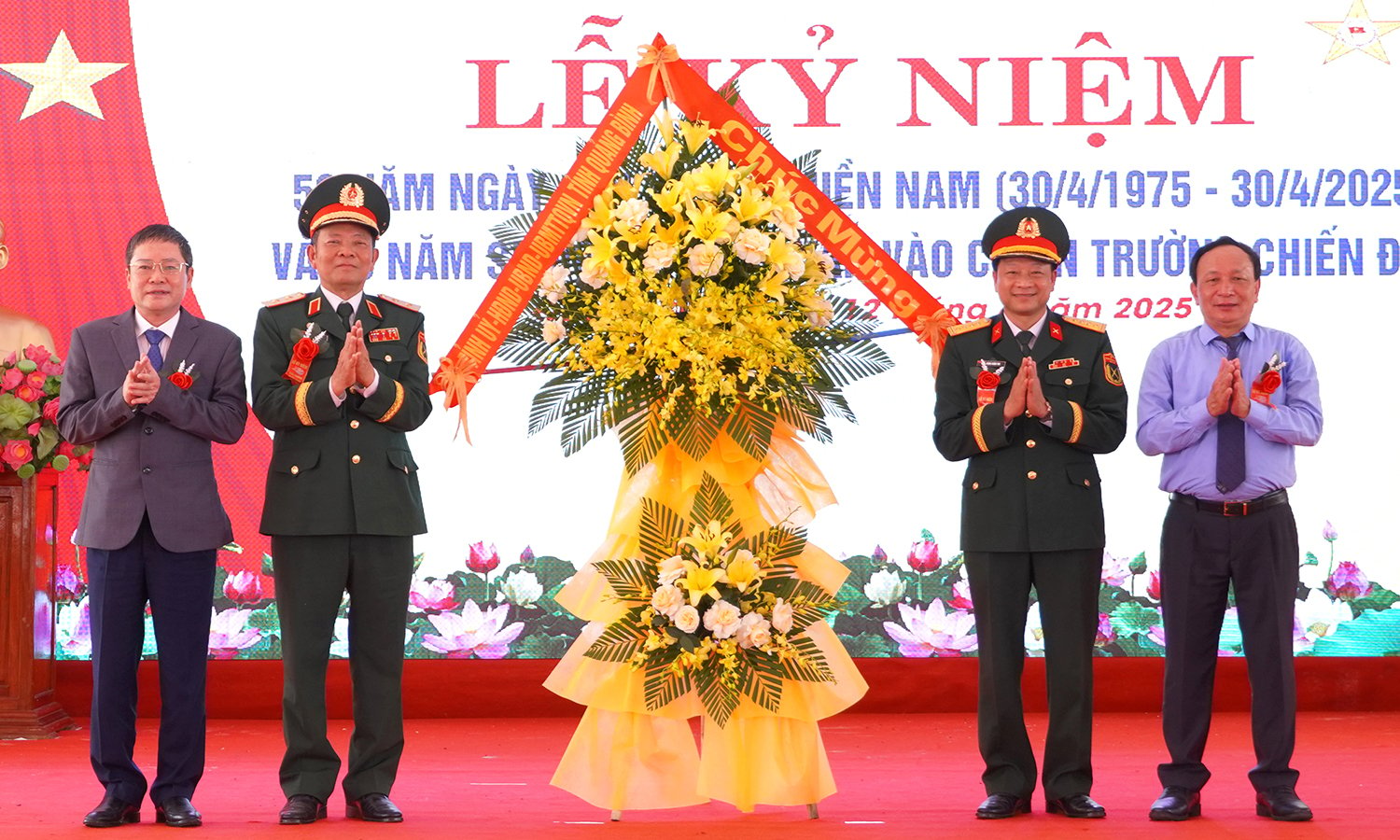


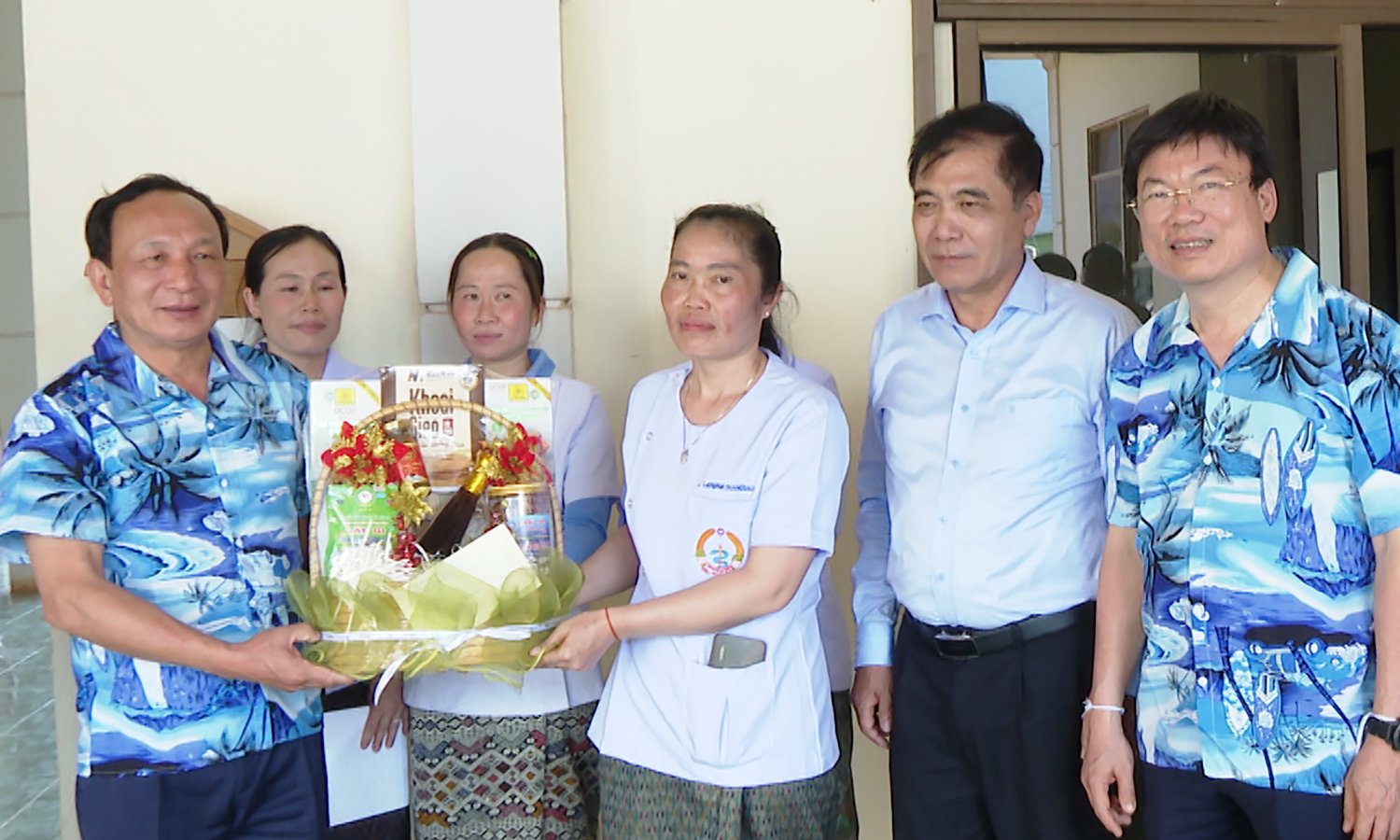


















![[Photo] "Beauties" participate in the parade rehearsal at Bien Hoa airport](https://vstatic.vietnam.vn/vietnam/resource/IMAGE/2025/4/11/155502af3384431e918de0e2e585d13a)











































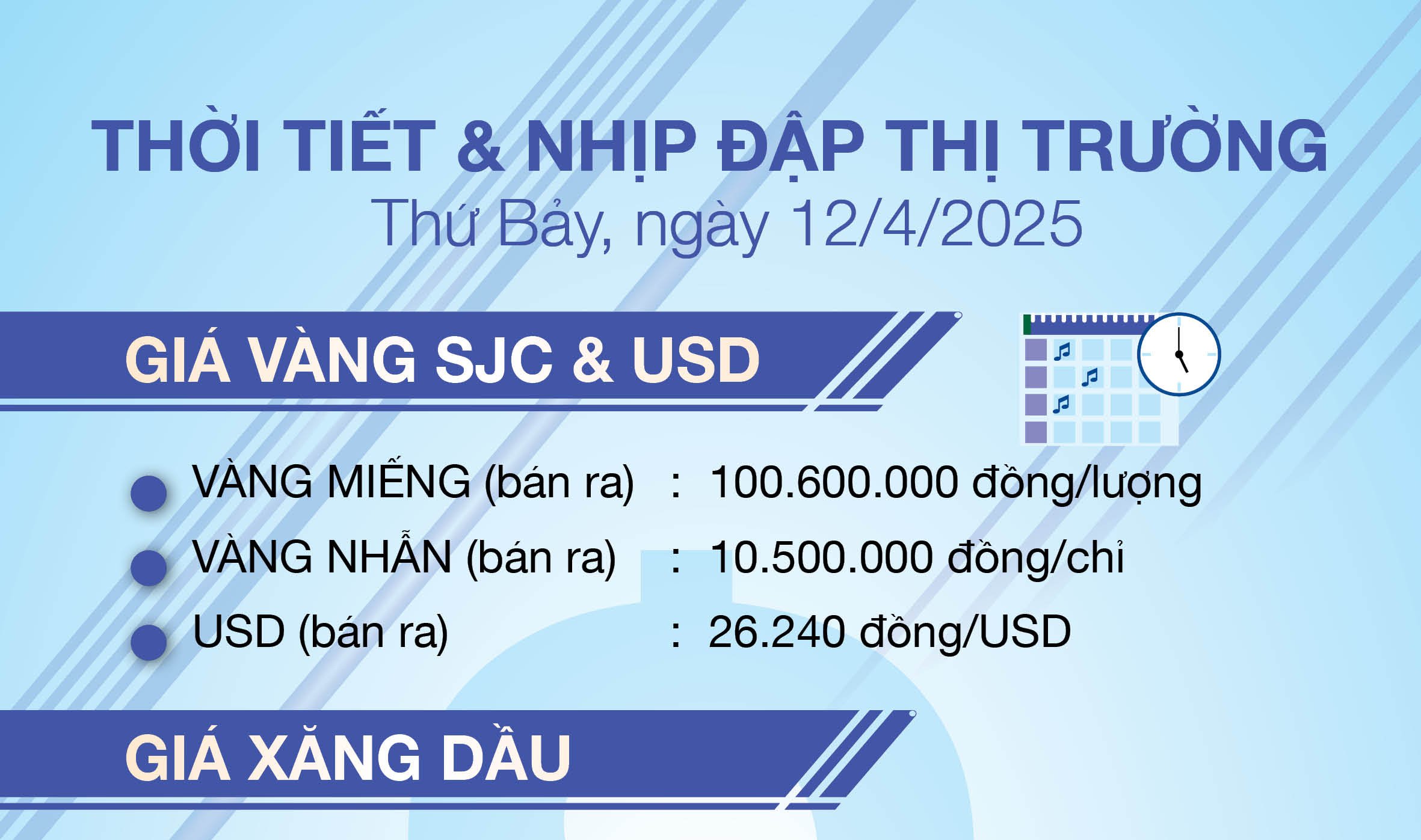



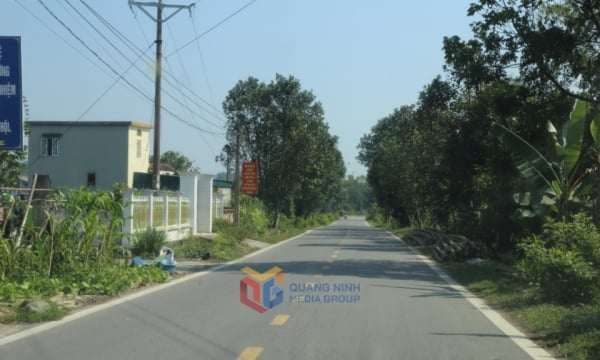














Comment (0)